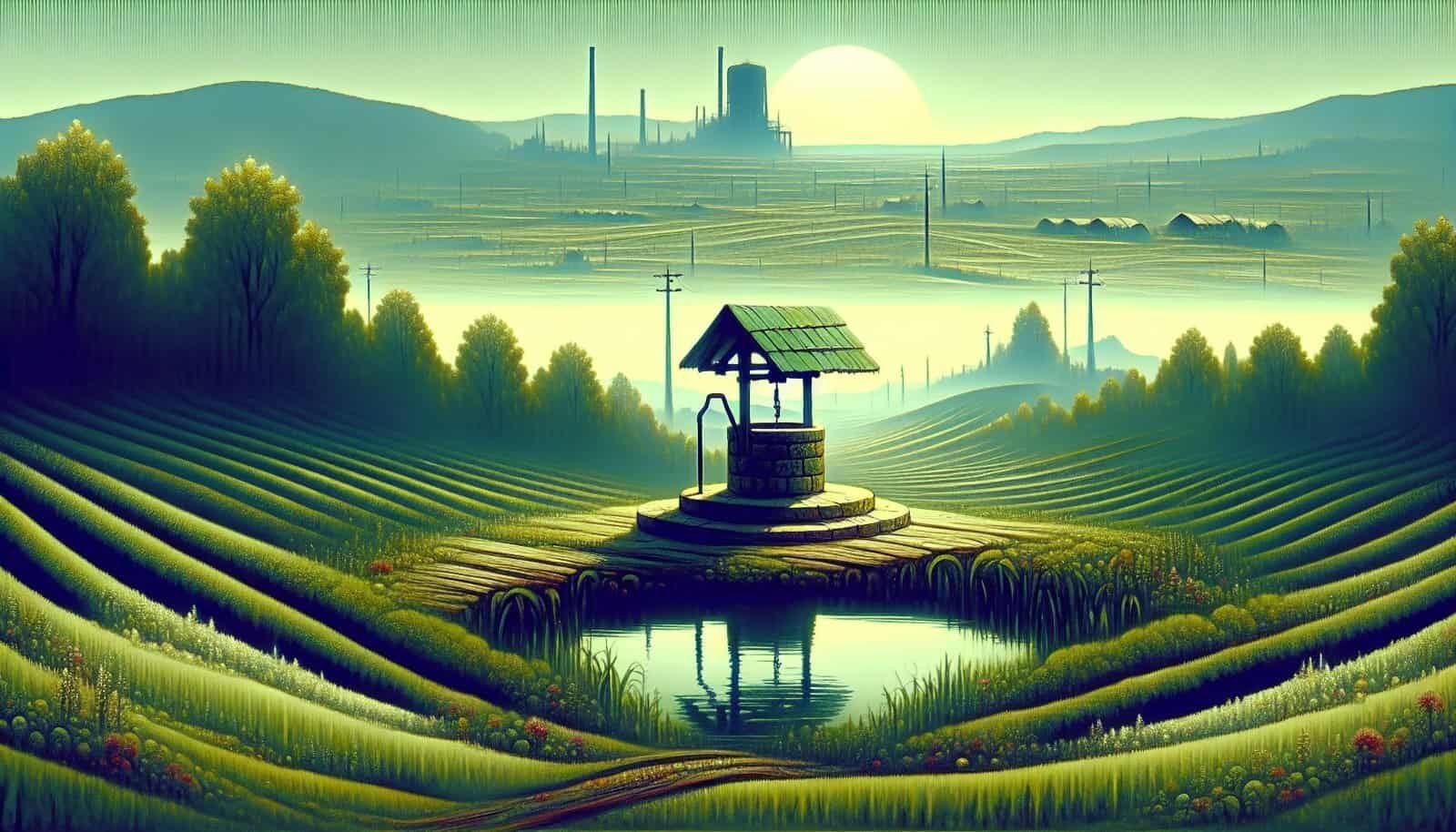Have you ever pondered where to find comprehensive information on well contamination incidents and the lifespan of well components? You’re definitely not alone in your quest for knowledge. Ensuring access to safe drinking water is crucial, and understanding both well contamination and the durability of well components plays a significant role in maintaining water safety. Let’s journey together through this topic and uncover valuable insights and resources.
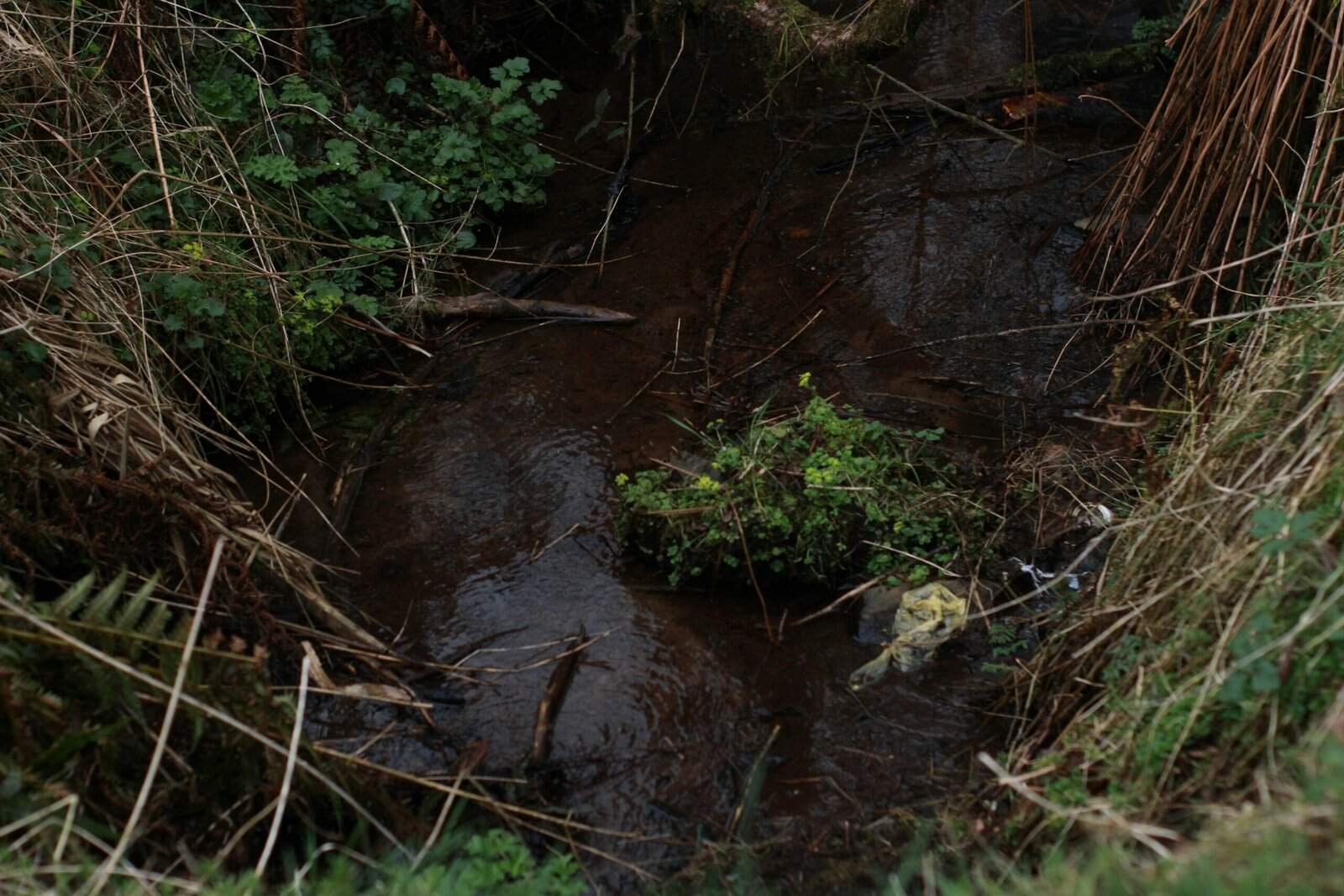
Understanding Well Contamination
Before diving into case studies, it’s essential to have a fundamental understanding of what well contamination is. Well contamination occurs when harmful substances such as bacteria, chemicals, or waste infiltrate a well, rendering the water unsafe for consumption. These contaminants can originate from various sources like agricultural runoff, industrial discharges, or poorly maintained septic systems.
Common Sources of Well Contamination
Understanding the sources of contamination can help you identify potential threats to your well water. Here are some common sources:
- Agricultural Runoff: Pesticides and fertilizers used in farming can seep into the groundwater, leading to contamination.
- Industrial Discharge: Factories and plants might release pollutants into the environment, which can find their way into the water supply.
- Septic Systems: Improperly maintained septic systems can leak waste, which contaminates nearby water sources.
- Natural Sources: Sometimes, naturally occurring substances like arsenic or radon can contaminate well water.
Each source presents unique challenges and underscores the importance of knowledge and prevention.
Locating Credible Case Studies on Well Contamination
Finding reliable and detailed case studies can feel daunting, but there are several places you can explore to gather this information.
Governmental and Environmental Agencies
Several government and environmental agencies compile case studies and reports on well contamination. These resources are often rich with data, offering insights into specific contamination incidents, their resolutions, and lessons learned.
- Environmental Protection Agency (EPA): The EPA provides reports and studies related to well contamination.
- Centers for Disease Control and Prevention (CDC): They offer information on waterborne diseases and contamination cases.
- U.S. Geological Survey (USGS): This agency often conducts studies on groundwater and well contamination.
Academic Journals and Research Institutions
Research institutions and academic journals are valuable sources for in-depth case studies. These studies often come from university research departments or independent research facilities and provide detailed scientific analyses and findings.
- Journal of Water and Health: Often publishes studies on well contamination incidents.
- Groundwater Journal: Features peer-reviewed articles offering insights into various groundwater issues, including contamination.
- University Research Departments: Many universities conduct research on environmental issues, including well contamination.
Online Databases and Libraries
Online databases and digital libraries provide access to a wide array of case studies and research papers. Some popular resources include:
- PubMed: Although primarily focused on health-related articles, it includes studies on environmental health concerns.
- Google Scholar: Offers a vast collection of academic papers and studies.
- World Health Organization (WHO) Library: A resource for global health reports that include water contamination issues.
Non-Governmental Organizations (NGOs)
Many NGOs focus on environmental health and water safety, providing case studies and reports on well contamination. They are a treasure trove of information and often advocate for transparency and public access to data.
- Water Research Foundation: Provides studies and reports concerning water quality.
- National Ground Water Association (NGWA): Offers resources and case studies on groundwater issues.
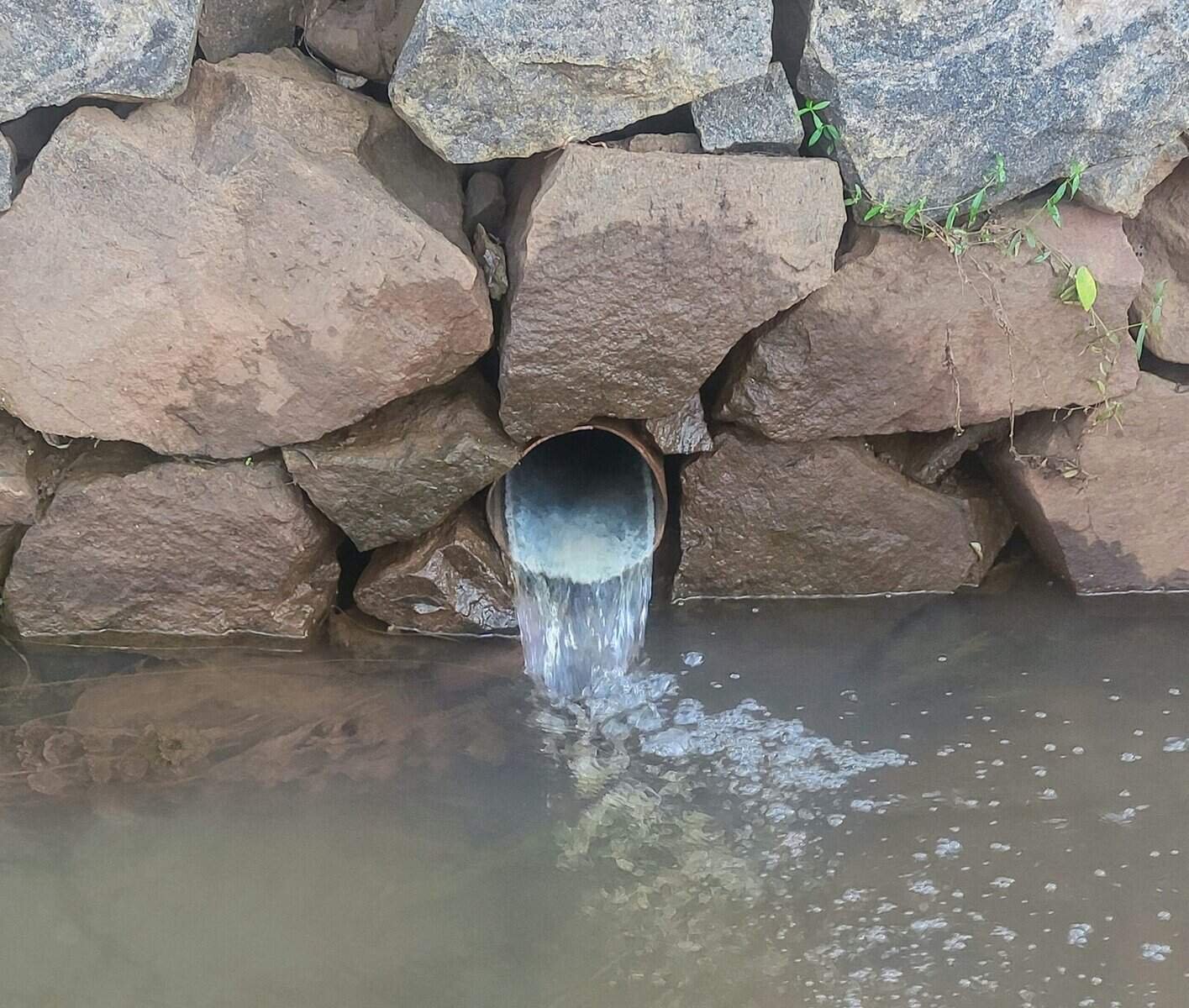
Analyzing Well Contamination Case Studies
Once you locate case studies, it’s crucial to know how to analyze them effectively. Understanding the findings, identifying patterns, and recognizing common causes are key steps.
Key Components of Case Studies
Most case studies will generally follow a standard format, which includes:
- Background Information: Offers context about the location, source, and discovery of contamination.
- Methods: Details the approaches used to investigate and address the contamination.
- Results and Discussion: Provides findings and implications of the contamination incident.
- Conclusions and Recommendations: Suggests future actions and preventive measures.
What to Look For in Case Studies
When reviewing case studies, focus on these elements:
- Source of Contamination: Understanding where the contamination originated helps in preventing future incidents.
- Impact Assessment: Evaluates the effect of contamination on health and environment.
- Mitigation Efforts: Looks at how the issue was addressed and resolved.
- Lessons Learned: Focuses on what can be learned to prevent future incidents.
Drawing Lessons for Your Own Well
Even if a case study doesn’t exactly match your situation, it can offer valuable insights into general well management and best practices for preventing contamination.
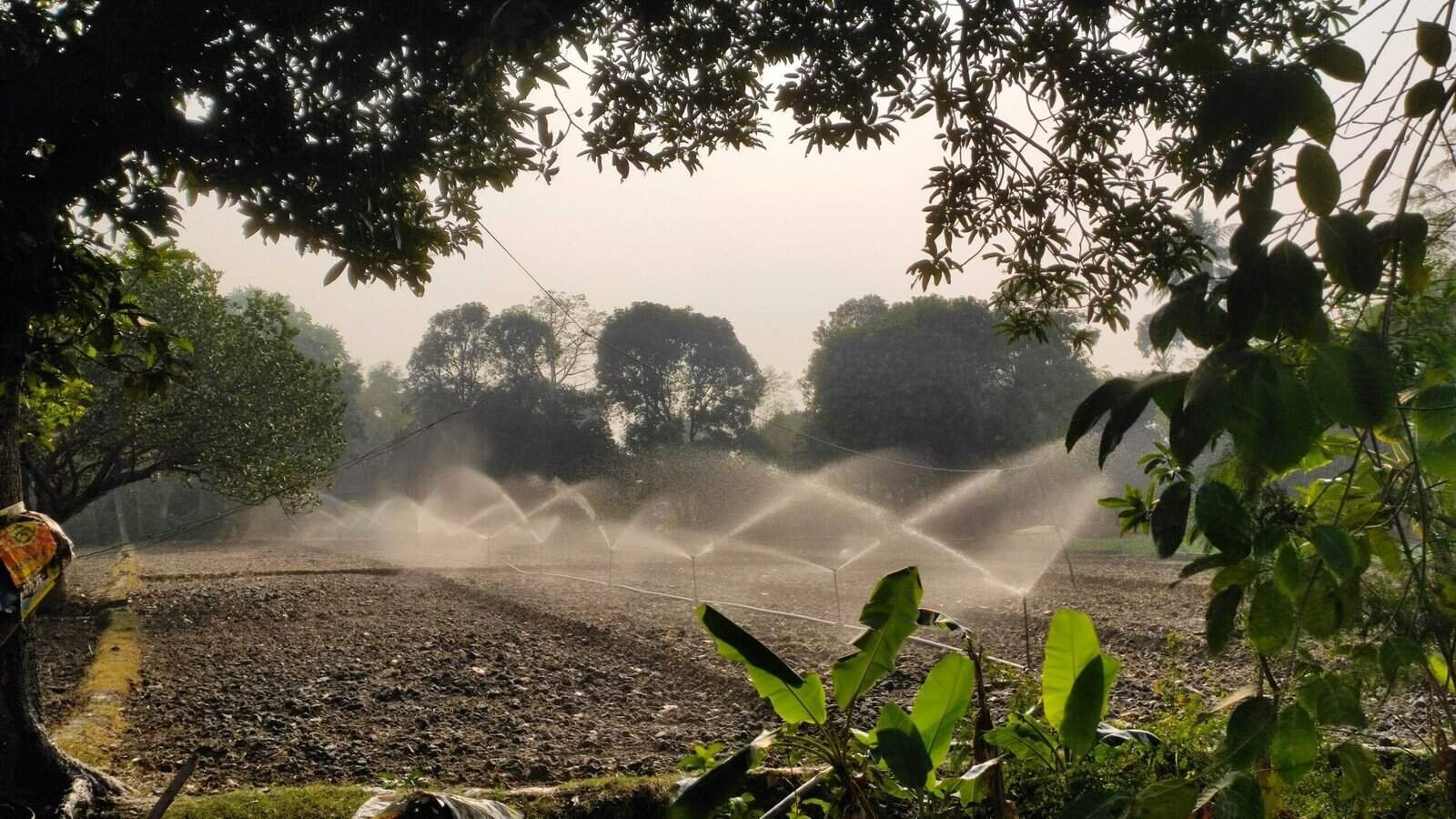
Understanding the Lifespan of Well Components
Knowing how long different components of a well last is essential for maintaining its safety and functionality. Various parts of a well have different life expectancies, influenced by factors like quality, usage, and maintenance.
Common Well Components and Their Lifespan
Here’s a table that gives an overview of typical well components and their estimated lifespan:
| Well Component | Estimated Lifespan (Years) |
|---|---|
| Well Pump | 10-15 |
| Pressure Tank | 15-20 |
| Well Casing | 50-100 |
| Screen | 20-40 |
| Cap/Seal | 20-30 |
Factors Influencing Component Longevity
Several factors play a role in determining how long well components will last:
- Quality of Installation: Properly installed components tend to have longer lifespans.
- Material Quality: Higher quality materials often mean a longer lifespan.
- Usage Levels: More frequent use can wear out components faster.
- Regular Maintenance: Regular check-ups and servicing extend the life of well components.
Maintenance Tips for Extending the Lifespan
Keeping your well and its components in excellent condition requires regular attention and care.
- Regular Inspections: Annual inspections by a qualified professional can catch early signs of wear or damage.
- Water Testing: Regular water testing ensures your water remains safe and identifies any potential contamination early.
- Component Checks: Periodically checking the pump, pressure tank, and other components helps in early identification of problems.
- Proper Treatment: Use appropriate treatments to prevent mineral buildup and corrosion in components.
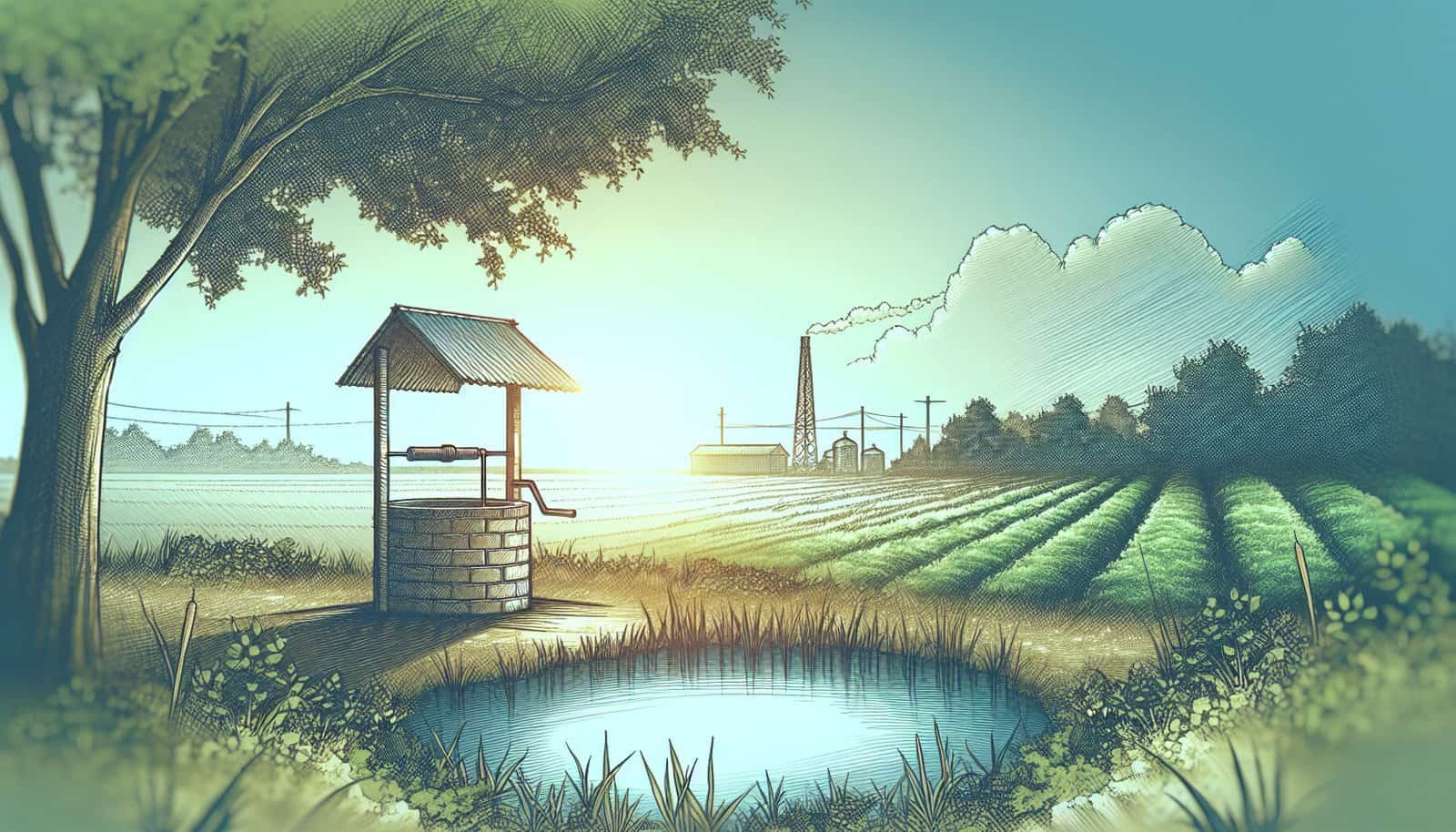
Conclusion: Taking Informed Steps
Understanding well contamination and the lifespan of well components empowers you to take better care of your water supply. Armed with the knowledge of where to find case studies and how to interpret them, you are better equipped to identify potential threats and undertake preventive measures. Moreover, being mindful of the longevity of well components ensures your water system remains safe and operational for years to come.
Remember, each well and its surrounding environment are unique, and staying informed and proactive is key to ensuring a safe and reliable water source. Keep inquiring, learning, and implementing best practices to safeguard your water well, ensuring clean and safe water for you and your community.
